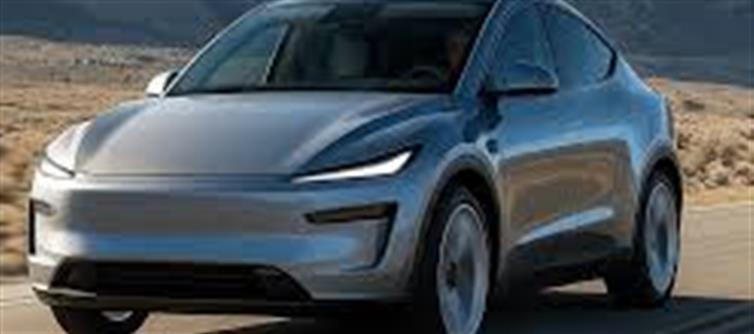
Tesla, the US-based EV giant led by Elon Musk, has entered the indian market with its Model Y, but the response so far has been muted. Despite much anticipation, orders have remained limited, highlighting both challenges and opportunities in India’s growing electric vehicle (EV) ecosystem.
1. tesla Model Y Orders: A Slow Beginning
Since launching in mid-July 2025, tesla has received just over 600 orders for the Model Y, according to Bloomberg News.
The numbers fell short of Tesla’s own expectations.
Tesla plans to ship between 350–500 cars to india this year.
The first batch of vehicles is expected to arrive from Shanghai in early september 2025.
This limited uptake reflects the niche nature of the indian EV market, especially for premium imported models.
2. Initial Deliveries Focus on Major Cities
Tesla deliveries in india will initially be restricted to a few key cities:
Mumbai, Delhi, Pune, and Gurugram.
The size of the shipments depends on full payments received and Tesla’s ability to deliver outside these cities.
This phased rollout is a cautious approach, aimed at managing logistics and service infrastructure in a country new to high-end EV imports.
3. Pricing and Import Tariffs Challenge Demand
Tesla Model Y was launched at a price of around $70,000, reflecting India’s high import duties on EVs.
Tesla has long lobbied for lower import tariffs, but the high cost limits mass-market appeal.
The price positions the Model Y in a niche luxury segment, targeting premium buyers rather than mainstream consumers.
This pricing structure has contributed to the limited number of initial orders.
4. Niche Segment with Limited EV Penetration
EV adoption in india is still in its infancy:
EVs account for only 4% of overall car sales in the country.
Tesla’s focus is on a small, affluent market segment, unlike other countries where EV adoption is faster.
The company must navigate a market that is still developing infrastructure and consumer awareness.
5. Infrastructure and Road Challenges
Even in urban centers, tesla faces unique hurdles:
EV charging stations remain scarce, limiting long-distance travel options.
Traffic discipline is less structured compared to developed nations, making driving challenging.
Road hazards include potholes, stray animals (like cattle), and mixed traffic conditions.
These factors make it harder for high-end EVs to gain traction quickly, especially in cities outside the main metro hubs.
6. Tesla’s Strategy in India
Despite challenges, tesla is taking a strategic approach:
Shipping imported cars initially, while building brand presence and demand.
Targeting urban affluent buyers with the Model Y to establish a foothold.
Evaluating infrastructure, customer support, and market education before expanding nationwide.
This approach mirrors Tesla’s global strategy of entering markets gradually, while lobbying for policy support and incentives.
7. Opportunities for Growth
While the start is slow, india presents long-term potential:
Rising interest in EVs among premium buyers.
Government incentives for EV adoption and charging infrastructure.
Expanding urban mobility trends, including cleaner, electric transportation options.
Tesla’s success will depend on policy changes, infrastructure development, and consumer education to overcome early hurdles.
Bottom Line:
Tesla’s launch of the Model Y in India shows a cautious market response, with only 600 initial orders. High import tariffs, limited infrastructure, and niche EV adoption have slowed uptake, but Tesla’s strategic phased rollout in major cities aims to build awareness and demand. With India’s EV market poised for growth, tesla could see larger volumes in the coming years, provided infrastructure, pricing, and policy challenges are addressed.
.jpg)




 click and follow Indiaherald WhatsApp channel
click and follow Indiaherald WhatsApp channel